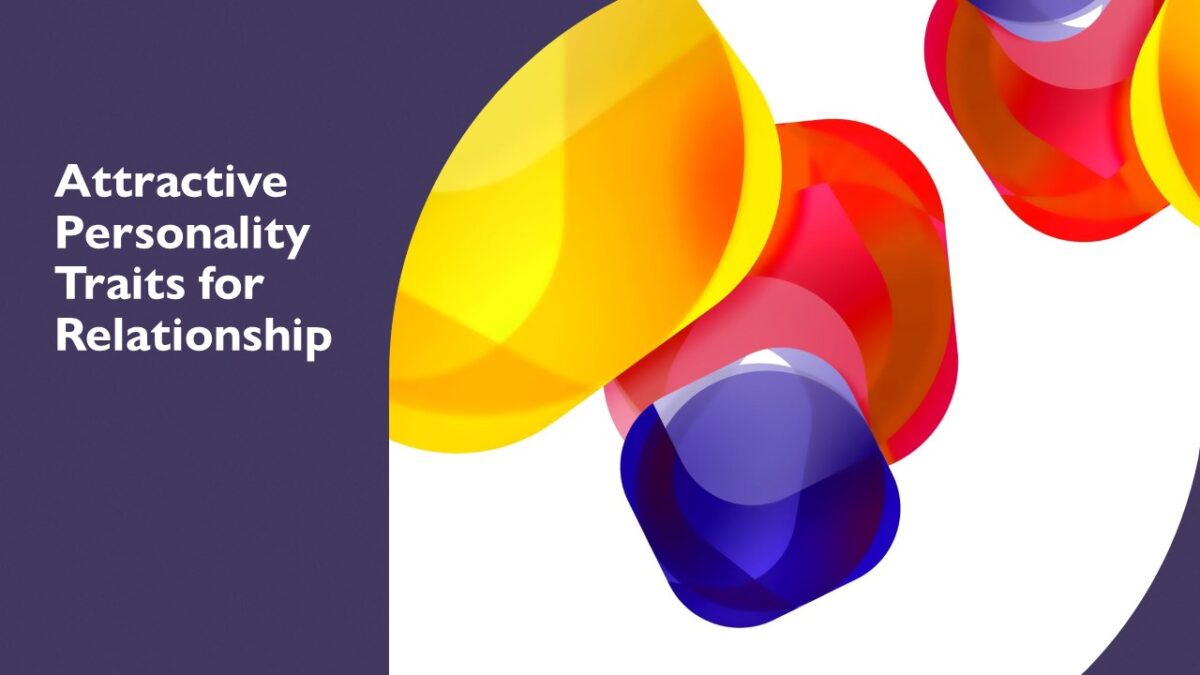Several articles on this blog have covered a wide range of physical and socioeconomic characteristics that people in various cultures search for in potential mating partners. The last article demonstrated how the stereotype “what-is-beautiful-is-good” makes us believe in many other positive personality traits of a physically attractive person.
On the other hand, I showed how a good personality and love make us perceive the beauty in our beloved one.
People’s wisdom across cultures says, “Never judge a book by its cover.” For example, as the Russian proverb says, “Looks aren’t the only thing that matters” (“Beauty is only skin deep”). Many people and cultures consider personality traits as more important attributes of potential mates than their physical appearance (see for review, Karandashev, 2019).
Among psychological factors, the personality characteristics of a potential partner play a significant role in romantic encounters and relationships (e.g., Walster, Aronson, Abrams, & Rottman, 1966).
Let us consider the personality traits that are attractive to people in various cultures. Are there any similarities? How different are such preferences in different societies?
Early Studies of Mating Preferences from an Evolutionary Perspective
One of the early cross-cultural studies across 37 cultural groups from 33 nations revealed that personality traits that men and women in many societies find attractive in potential mates are being lively, having a pleasing disposition, having emotional stability, having a dependable character, being kind, having intelligence, and being mature. These studies of mate preferences for long-term mating showed that the physical attractiveness of women for men and the resource prospects of men for women were only of moderate importance compared to those psychological and personality characteristics (Buss et al., 1989)
Evolutionary interpretations are very plausible. Men, who presumably needed to propagate their own offspring, wanted to ensure that they were the rightful parents. Therefore, they are especially concerned to know that they are the parents of their children.
From an evolutionary perspective, men were not very selective in their sexual relationships. Nevertheless, they still preferred women “who are sexually loyal and likely to be faithful as indicators of paternity certainty.”(Buss & Schmitt, 1993, p. 226).
The Cultural Evolution of Mating Preferences in Attractive Personality Traits from the 1939s to the 1990s
The later studies demonstrated that cultural evolution throughout the second half of the XX century (from 1939 to 1996) took place and changed the valuation of psychological and personality mating factors. Men’s and women’s preferences for a prospective partner’s intelligence, education, and sociability have become higher. However, the mating values of chastity, neatness, and refinement diminished (Buss et al., 2001).
During the period from 1939 to 1996, the importance of political background was still low for prospective mating partners.
During those decades of the 20th century, several personality characteristics of a prospective partner, such as a pleasing disposition, emotional stability, dependable character, and maturity, were consistently of high value for both men and women.
By the early 1990s, men had increased their preferences for similarity of educational background and good financial prospects in their prospective partners, which was a noticeable change in the historical evolution of mating preferences. Yet, for men, the value of a woman as a good cook and housekeeper decreased. On the other hand, for women, the mating value of a man being ambitious and industrious decreased.
Modern Mating Preferences for Attractive Personality Traits
The importance of various traits in modern mating preferences has been demonstrated in another study from the early 2000s. The British Broadcasting Corporation (BBC) administered an Internet survey about preferred traits in a mate among 119,733 men and 98,462 women. Respondents in this cross-national study were asked to select the traits that they viewed as the first, second, and third most important attributes in a prospective partner. From a list of 23 characteristics, participants across all nations and cultures ranked as the most important traits “intelligence, humor, honesty, kindness, overall good looks, facial attractiveness, values, communication skills, and dependability.” (Lippa, 2007, p. 193).
Overall, men ranked facial attractiveness and good looks more important than women did. Sex differences in rankings of attractiveness were very consistent across 53 nations. On the other side, women ranked honesty, humor, kindness, and dependability as more important than men did. Across countries, indices of gender equality correlated with rankings of character traits in both women’s and men’s responses. However, there was no correlation with rankings of physical attractiveness. The study showed that cultural factors were associated with how women and men ranked character traits. On the other hand, biological factors were relatively more predictive of women’s and men’s rankings of physical attractiveness.
Attractive Personality Traits Among Muslims and Jordanians in the Early 2000s
Muslim women living in the United States prefer a prospective partner who is emotionally sensitive and sincere. They place a higher value on these characteristics than men do (Badahdah & Tiemann, 2005).
Men and women in Jordanian society prefer the same attractive personality traits in their prospective partners as in many other cultures. These are refinement, neatness, kindness, and a pleasing disposition (Khallad, 2005).
